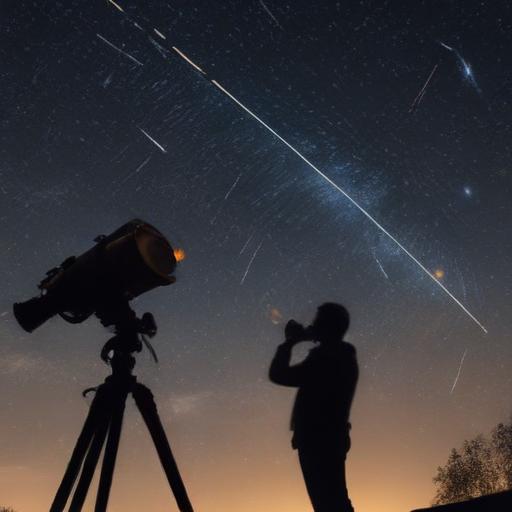Get ready to enjoy a spectacular celestial event as the Eta Aquarid meteor shower is poised to light up the pre-dawn sky on May 6. This annual shower, known for its fast-moving meteors, is expected to reach its peak in the early hours of Tuesday morning. NASA forecasts that these meteors will travel at impressive speeds of approximately 40.7 miles per second. The source of the Eta Aquarids is the debris left by Halley’s Comet, a well-known comet that takes around 76 years to complete one orbit around the sun.
Observers should prepare for an exciting opportunity to catch around 50 meteors per hour during the shower’s peak, making it an excellent event for stargazers.
To have the best chance of witnessing this dazzling display, it’s important to plan accordingly. As NASA points out, the moon will set around 3 a.m. local time on May 6, ensuring that the sky will be dark and perfect for meteor observation until dawn.
Sky watchers in the Northern Hemisphere can expect to see about 10 to 20 meteors per hour. In contrast, those situated in the Southern Hemisphere will enjoy a more active view due to the enhanced visibility of the meteor shower’s radiant point in the Aquarius constellation, which is positioned higher in the sky for southern observers.
For an optimal viewing experience, here are some suggestions:
1. Find a dark spot away from city lights.
2. Bring a blanket or a reclining chair for comfort.
3. Allow your eyes to adjust to the darkness for about 20 minutes.
4. Look toward the eastern sky where the constellation Aquarius is located.
This meteor shower promises to be a thrilling sight, encouraging people to engage with the wonders of astronomy. There’s a sense of hope and excitement that comes with such natural phenomena, reminding us of the beauty and mystery of our universe.
